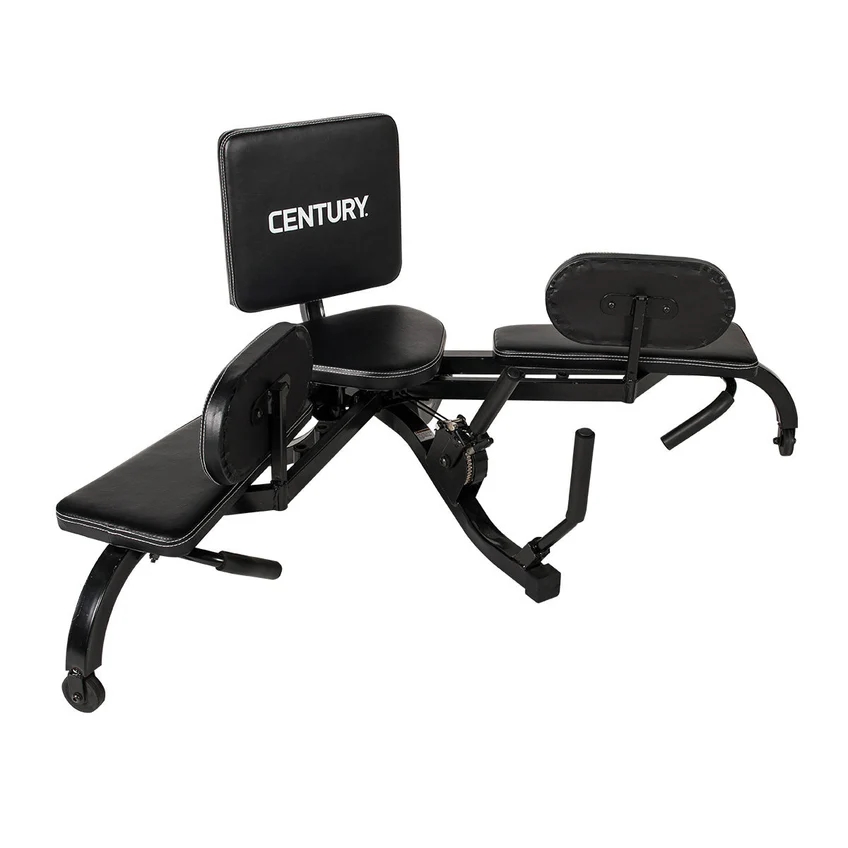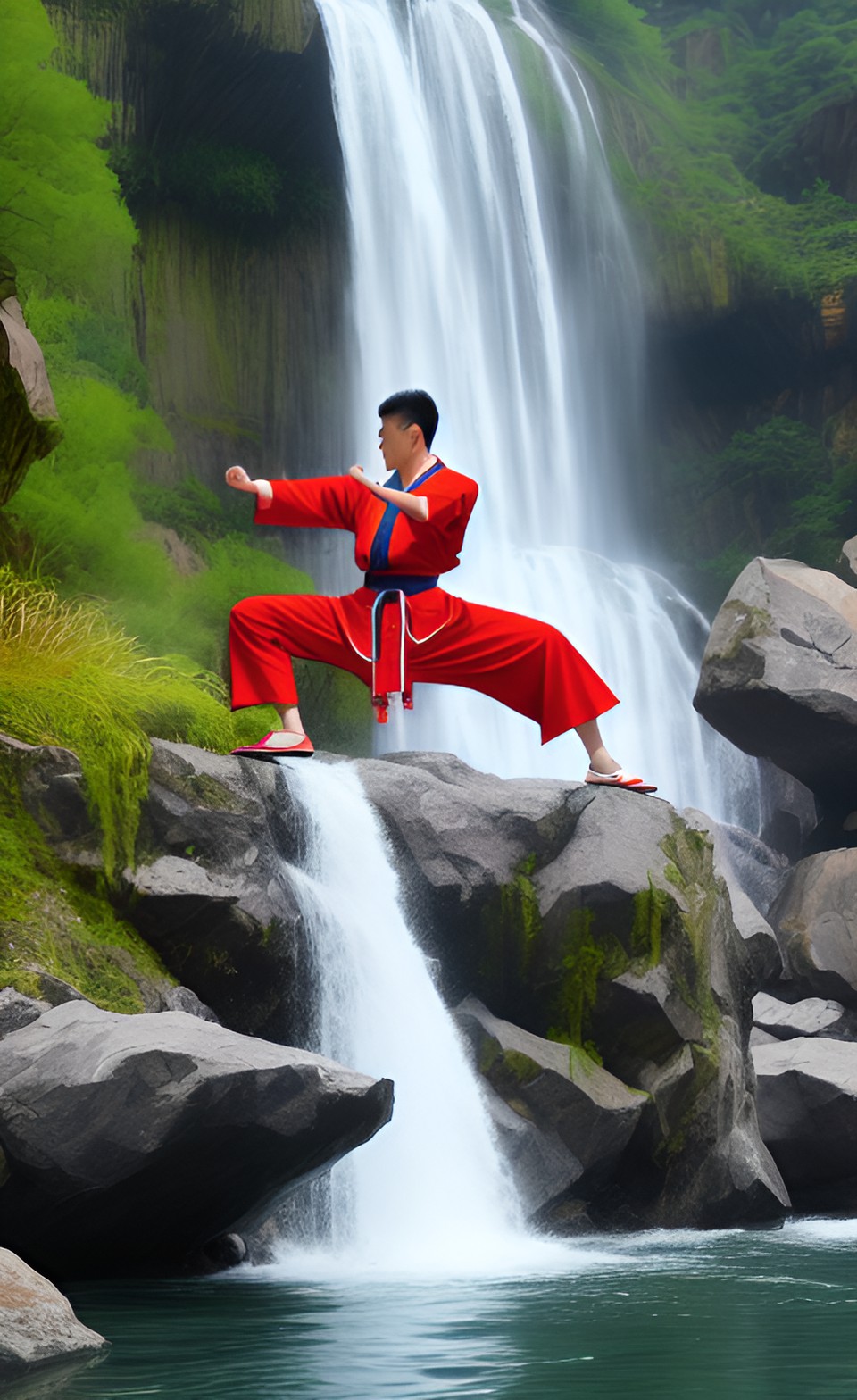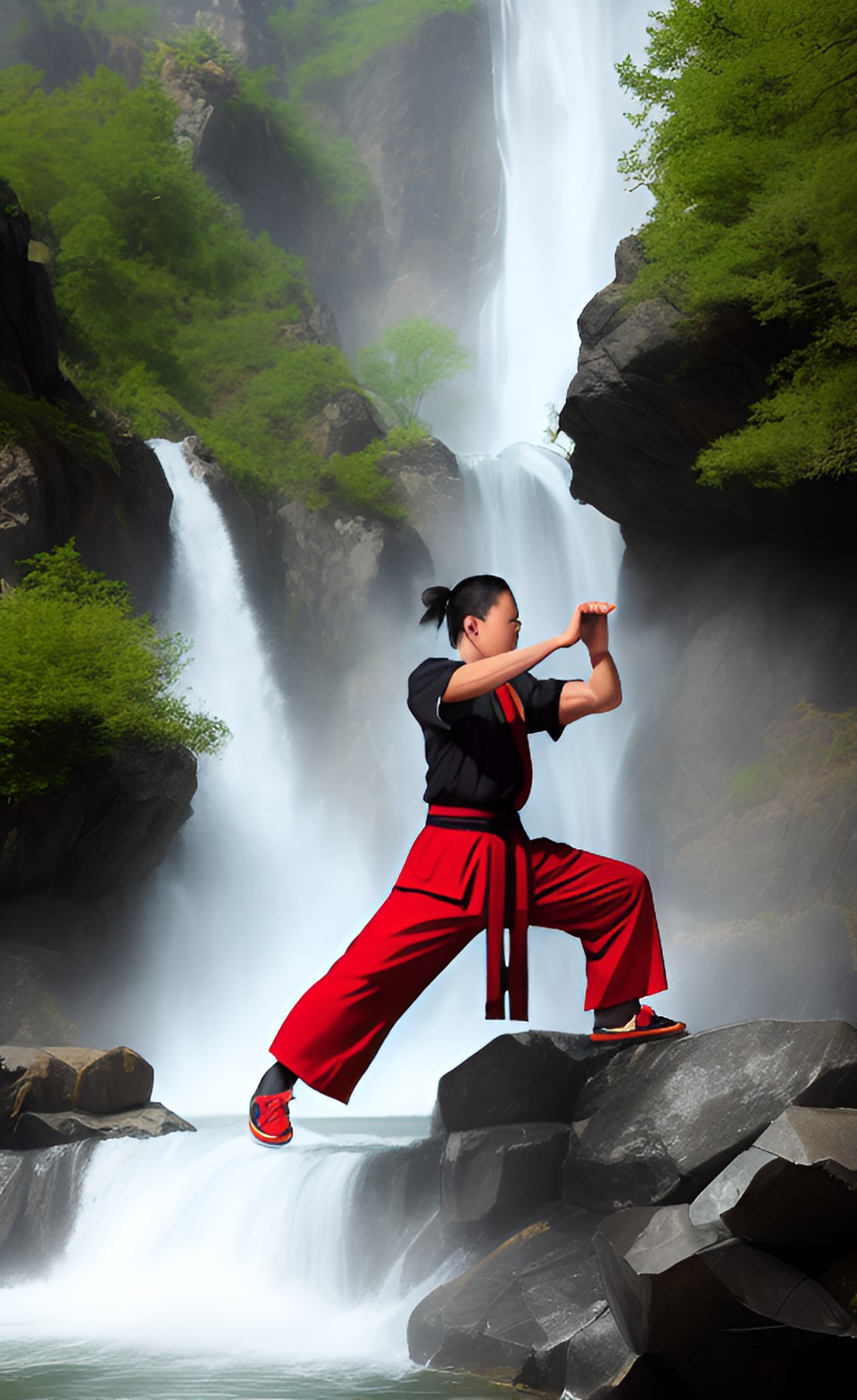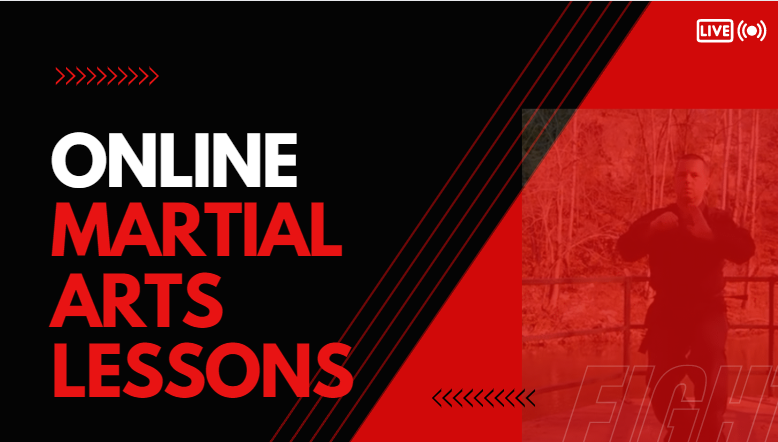Are you ready to take on a new challenge that will improve your flexibility, strength, and overall mobility? Whether you’re a martial artist, an athlete, or someone who wants to enhance their physical capabilities, this is the perfect opportunity to achieve a new fitness goal.
I’m excited to announce the launch of my “30 Days to Learn the Splits” series on YouTube! This program is designed for beginners and intermediate practitioners alike, offering a structured, step-by-step guide to help you unlock the full splits in just one month. You’ll be amazed at the progress you can make when you dedicate just 10-15 minutes a day to targeted flexibility training.
Why Learn the Splits?
The splits are more than just an impressive feat of flexibility – they offer numerous benefits for your overall fitness and well-being. Here are just a few reasons to join this challenge:
- Increased Flexibility: Stretching the muscles in your legs and hips will increase your range of motion, helping you move more freely in everyday activities.
- Improved Strength: This challenge focuses not just on stretching but also on building strength in your hips, legs, and core to support your flexibility.
- Injury Prevention: Proper flexibility can help prevent injuries in martial arts and other physical activities by ensuring that your muscles and joints are less prone to strain.
- Better Posture: A flexible lower body can contribute to improved posture, relieving tension in the back and hips.
What to Expect in the Series
Each day of the challenge, you’ll find a new video posted on my YouTube channel that walks you through specific stretches and exercises designed to improve your flexibility. Here’s what you can expect:
- Daily Progression: Each video builds upon the previous one, ensuring steady, safe progress toward achieving the splits.
- Easy-to-Follow Instructions: Whether you’re a beginner or have some experience with flexibility training, I break down each movement so anyone can follow along.
- Full-Body Benefits: While the focus is on the splits, you’ll notice improvements in your overall mobility, muscle control, and strength.
- Motivational Tips: Flexibility training takes patience, and I’ll be with you every step of the way with motivational advice to keep you going!
Join the Challenge!
Ready to get started? Here’s how you can join the “30 Days to Learn the Splits” challenge:
- Subscribe to My YouTube Channel: Stay updated by subscribing so you don’t miss any of the daily videos.
- Watch and Follow Along: Set aside 10-15 minutes a day to follow along with the stretches and exercises in each video.
- Track Your Progress: Measure how close you get to the full splits each week, and share your progress in the comments or on social media with the hashtag #SplitsChallenge.
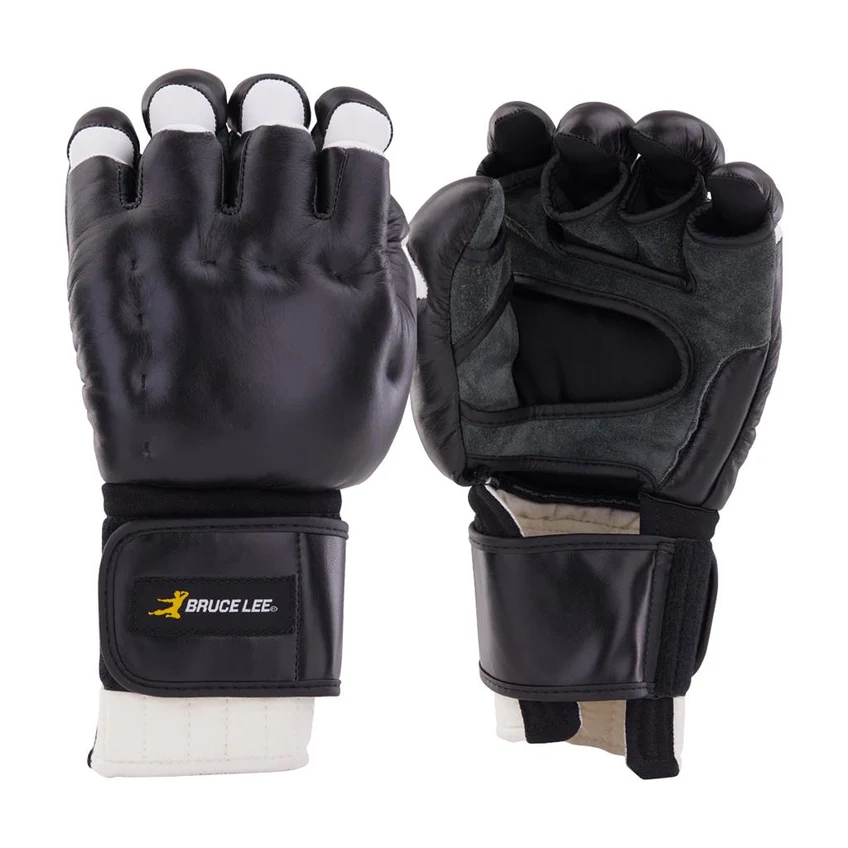
Get Involved and Stay Connected!
If you’re looking for support and motivation during this challenge, don’t hesitate to reach out. I’ll be posting updates and tips on my Facebook, so be sure to follow me there as well. Let’s make this an engaging community effort – feel free to share your progress, ask questions, and connect with others taking on the challenge.
Are you ready to see results in just 30 days? Don’t wait – join the challenge today and unlock your flexibility potential!
